Multiple Exposures on LomoChrome Metropolis 120 Film by Architect Aitor Estévez
8 Share TweetThe work of Aitor Estévez focuses on architectural and landscape documentary photography. For his latest project he used our LomoChrome Metropolis 120 film and pushed the multiple exposure technique to its limits. In these captivating photos, buildings intersect to create an immaterial city with a surreal sense of motion.
Hi Aitor, welcome! Can you introduce yourself to the readers of our Online Magazine?
I'm Aitor Estévez, an architect by training, but I'm dedicated to architectural photography. I combine my professional photography assignments with personal projects more related to contemporary landscape.
When did your journey in the world of photography begin?
My journey began the day I borrowed my parents' Kodak Instamatic at the age of seven. I was fascinated by that small box through which you could observe the world, and save it in an image. At that time we lived in a poor, newly built neighborhood on the outskirts of Irún, a border town. I was also fascinated by that urban landscape, by the contrast between nature and the built-up. So I shot a whole roll of film trying to document that. At that time I was obviously not aware that it was going to become my vocation, I did it by pure instinct. That film was never developed, my parents were not willing to spend the money on those photos, and they were lost. Maybe that feeling of loss is what has moved me over the years to document those types of places where I usually work, areas of conflict between the natural and the urban.
You created this wonderful series with the LomoChrome Metropolis 120. What are the features that impressed you most about this film?
What impressed me the most is the great latitude of the film. This series entitled "Metropolis" is an experimental series. It consists of photographs constructed on the basis of multiple exposures, sometimes up to 5, 6 or 7 overlapping exposures. This means pushing the film to its limits, especially in the brightest areas. Surprisingly, the film has held up satisfactorily, it hasn't burned, and the detail has been maintained in almost all of them.
What camera did you use?
I used a Bronica SQ-A. It is part of my analogue camera collection. It's a fantastic camera. I had used it very little so far, and I thought it was a good opportunity to try it, because of the type of photo I was looking for, square format, multiple exposures, good level of detail...
Could you explain the process you followed to achieve this multiple exposure technique?
The process is simple. It consists of superimposing several photographs in the same frame. The most complicated thing is trying to imagine what the final result will be during the process. In analogue, I usually work photographing buildings from different points of view to provoke an effect of fragmentation and movement, a kind of theory of relativity in photography, and always trying to mentally imagine the resulting photograph. I am interested in photographs taken from different points of view and at different times simultaneously. Analogue photography is a perfect medium to experience this. If we accept Einstein's theory of relativity, which shows that reality is relative, depending on the point of view of the observer, we can also understand these kind of photographs as the reflection of a complex and multiple reality.
Can you give any suggestions to those who want to try this technique for the first time?
I would suggest them not to despair if the results at first are not what they expected. This technique is based on trial, error, trial, error,... until you start to control it. Although in many occasions the best results come by pure chance. For practical purposes, I would recommend underexposing each photograph by half a point or one point, depending on the number of exposures, so as not to burn the brightest areas. I would also recommend doing the exercise of trying to imagine the resulting photograph during the process.
You specialize in architectural photography. What, in your opinion, is the most important element when taking these type of images?
There are many elements to take into account in architectural photography. But what interests me personally the most is the relationship between architecture and light, how it penetrates through. And also the relationship between architecture and the environment, how it responds to the different situations in which it is immersed.
What do you expect from the future of film photography?
I don't know. . . but now that artificial intelligence has exploded and images have been falsified using this technique, perhaps in the future analogue photography will become the only way to guarantee the veracity of an image. Or maybe also, by having a physical support, and not being built with zeros and ones, it will become the only way to preserve a photograph after a big solar storm alters the earth's magnetic field and destroys all the digital files.
Do you have any interesting projects or collaborations you would like to share with our readers?
I always have several projects in progress, of which only some end up crystallizing into something concrete. But I prefer not to talk about them, because it brings me bad luck.
Thank you Aitor! Check out his work on Instagram and on his website.
written by ludovicazen on 2024-04-15 #gear

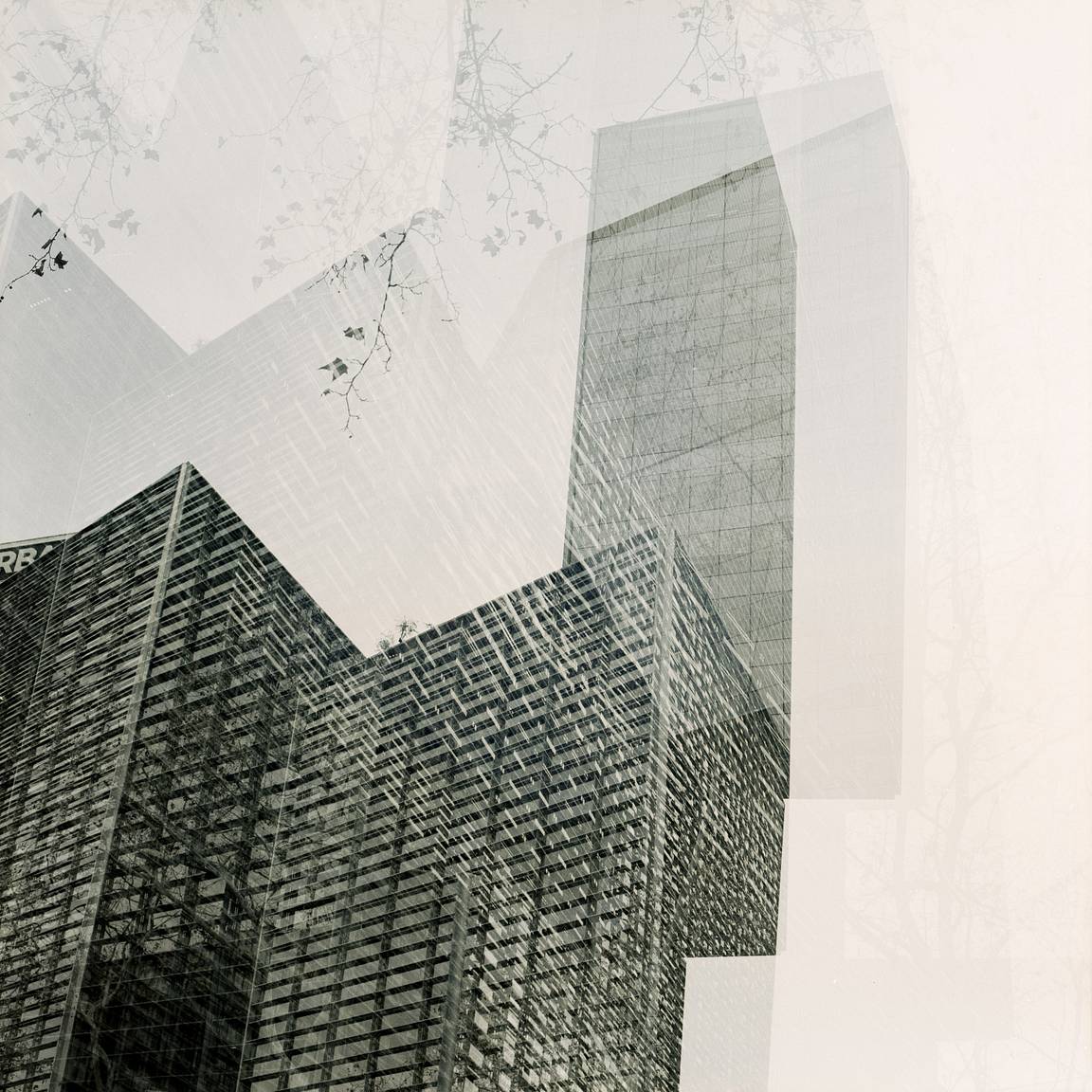

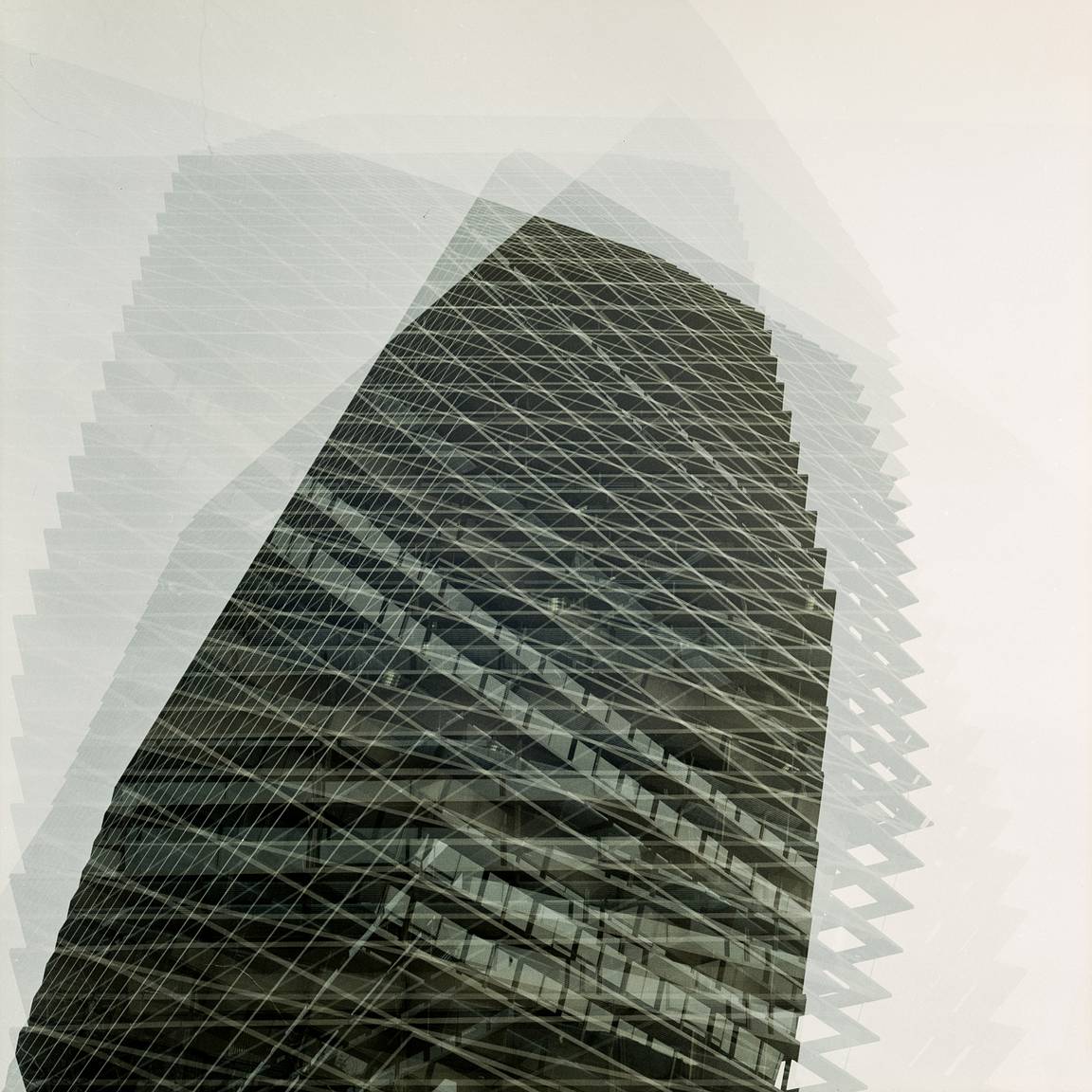

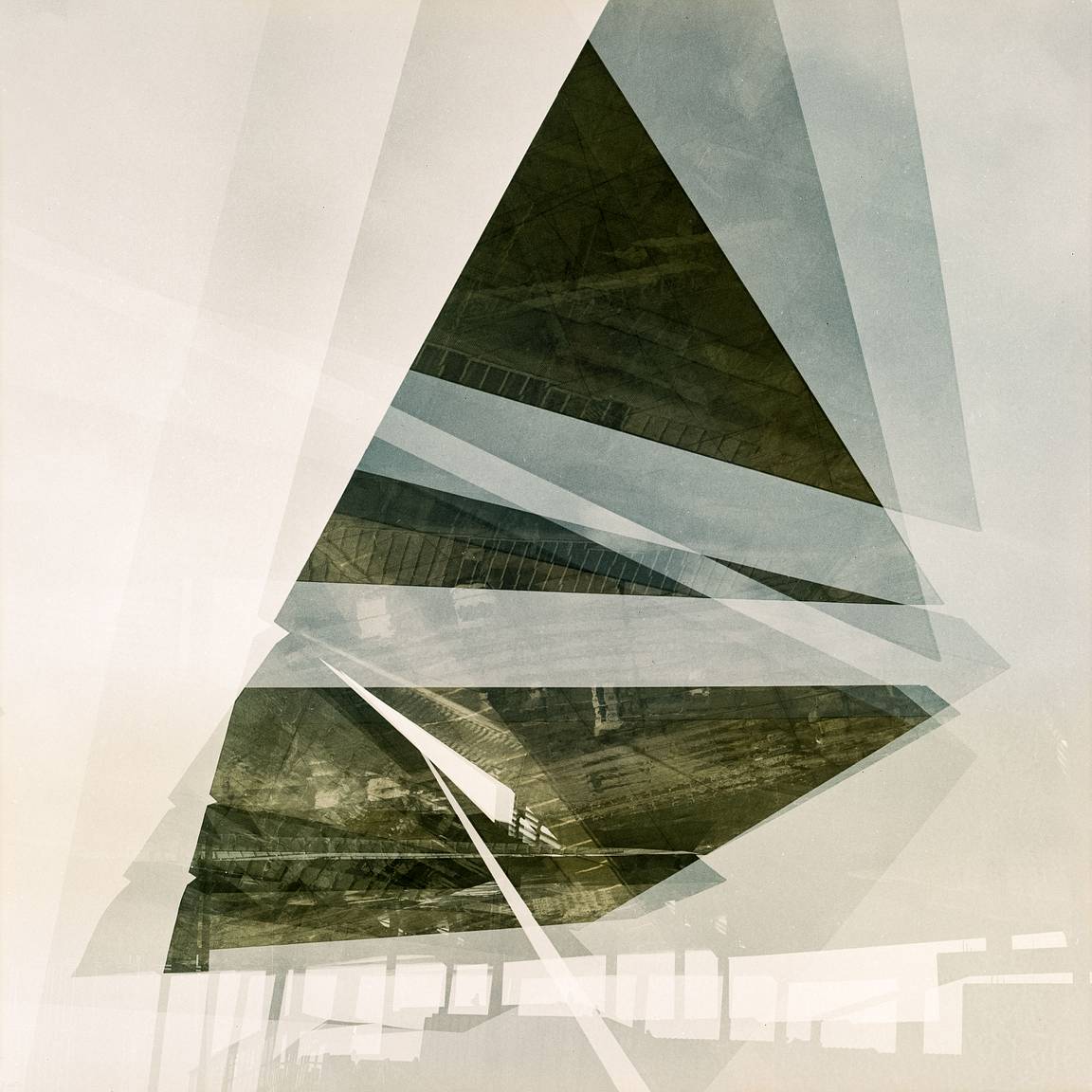
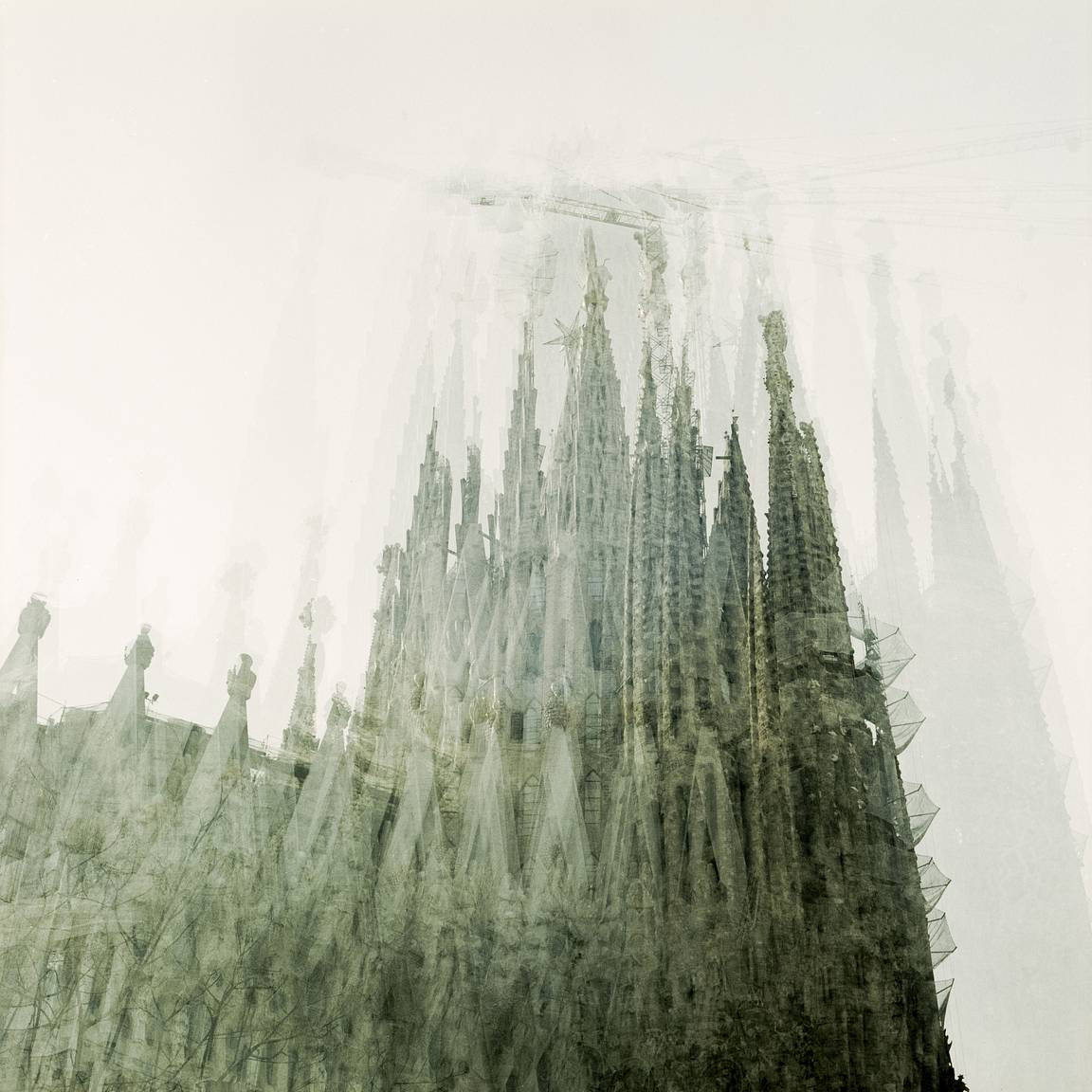
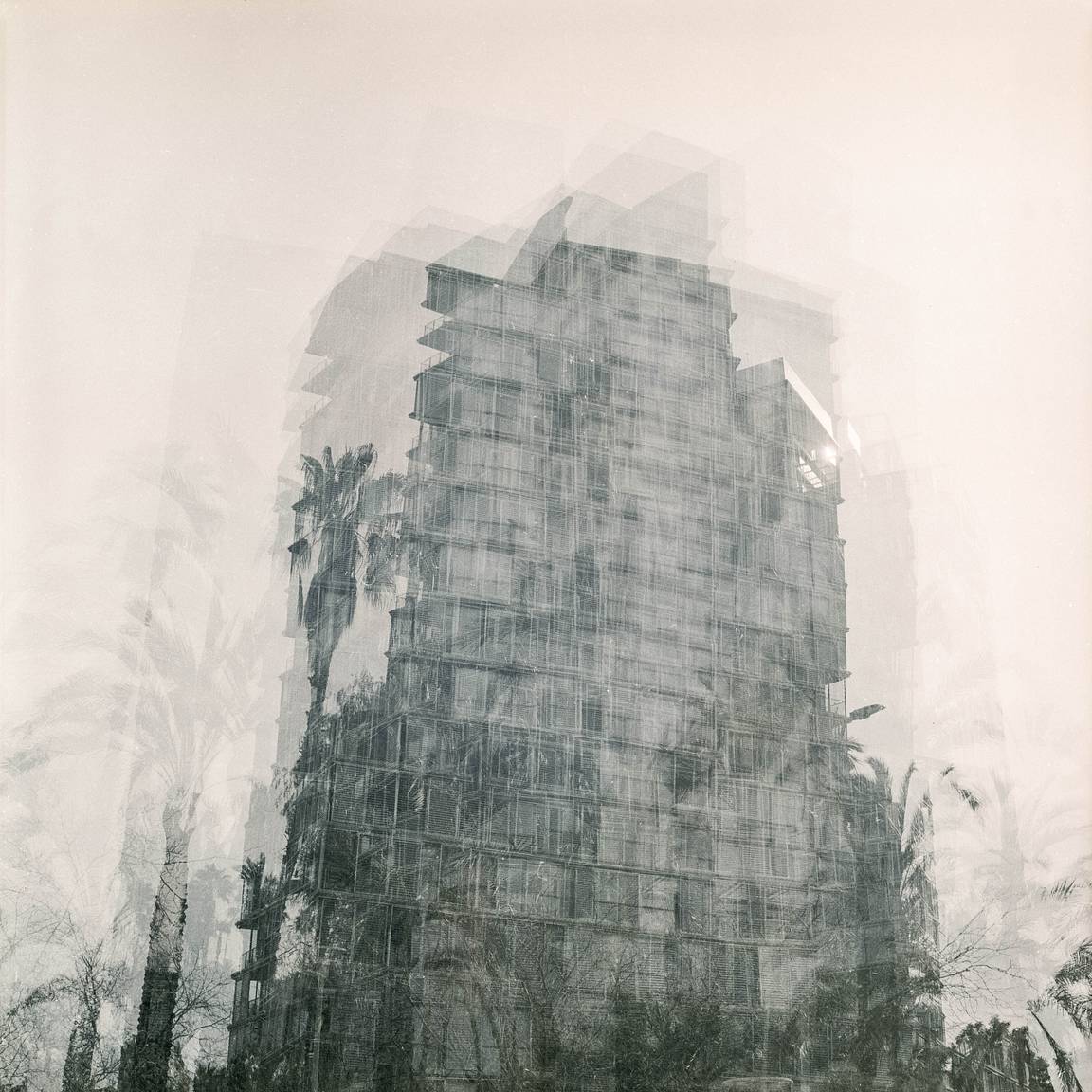
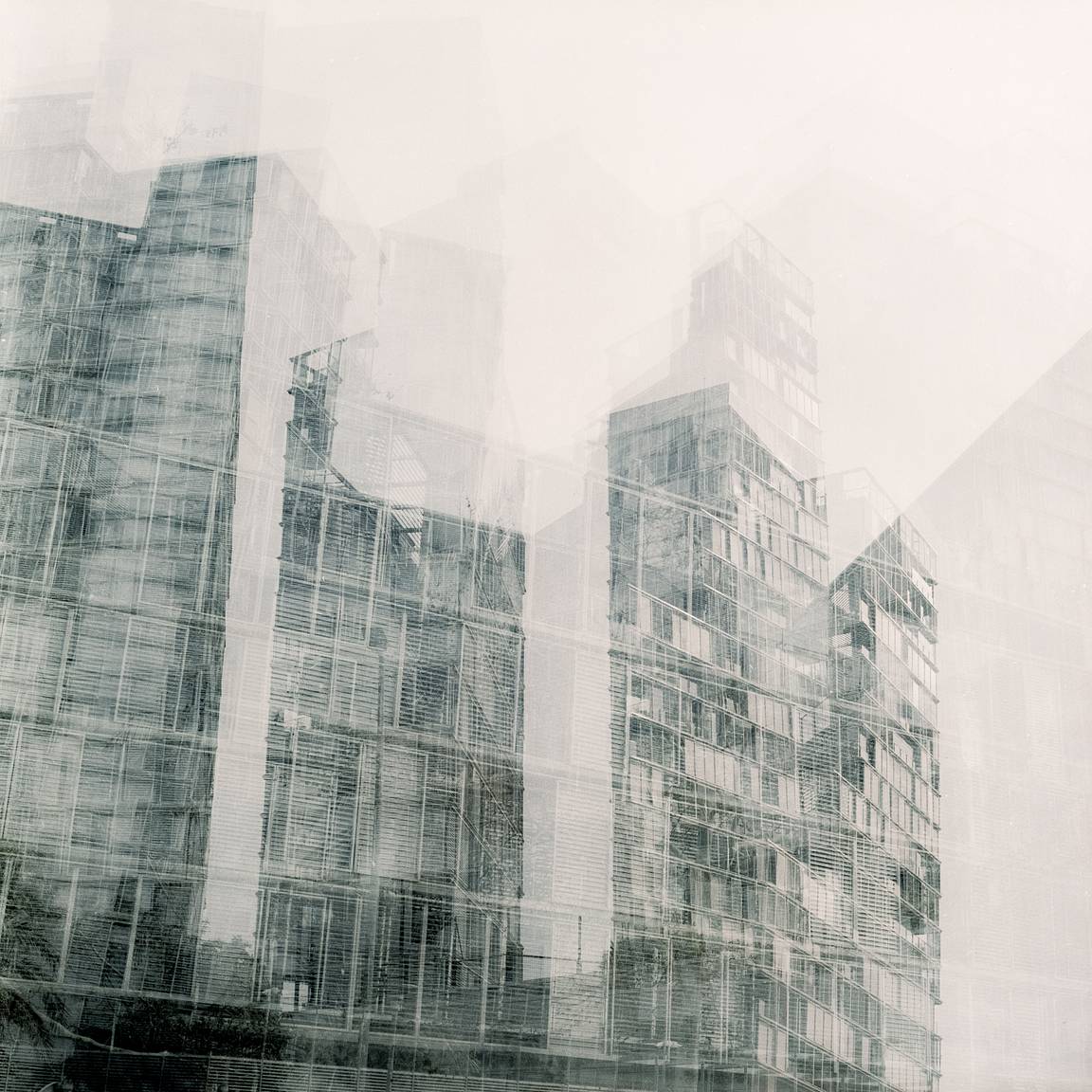
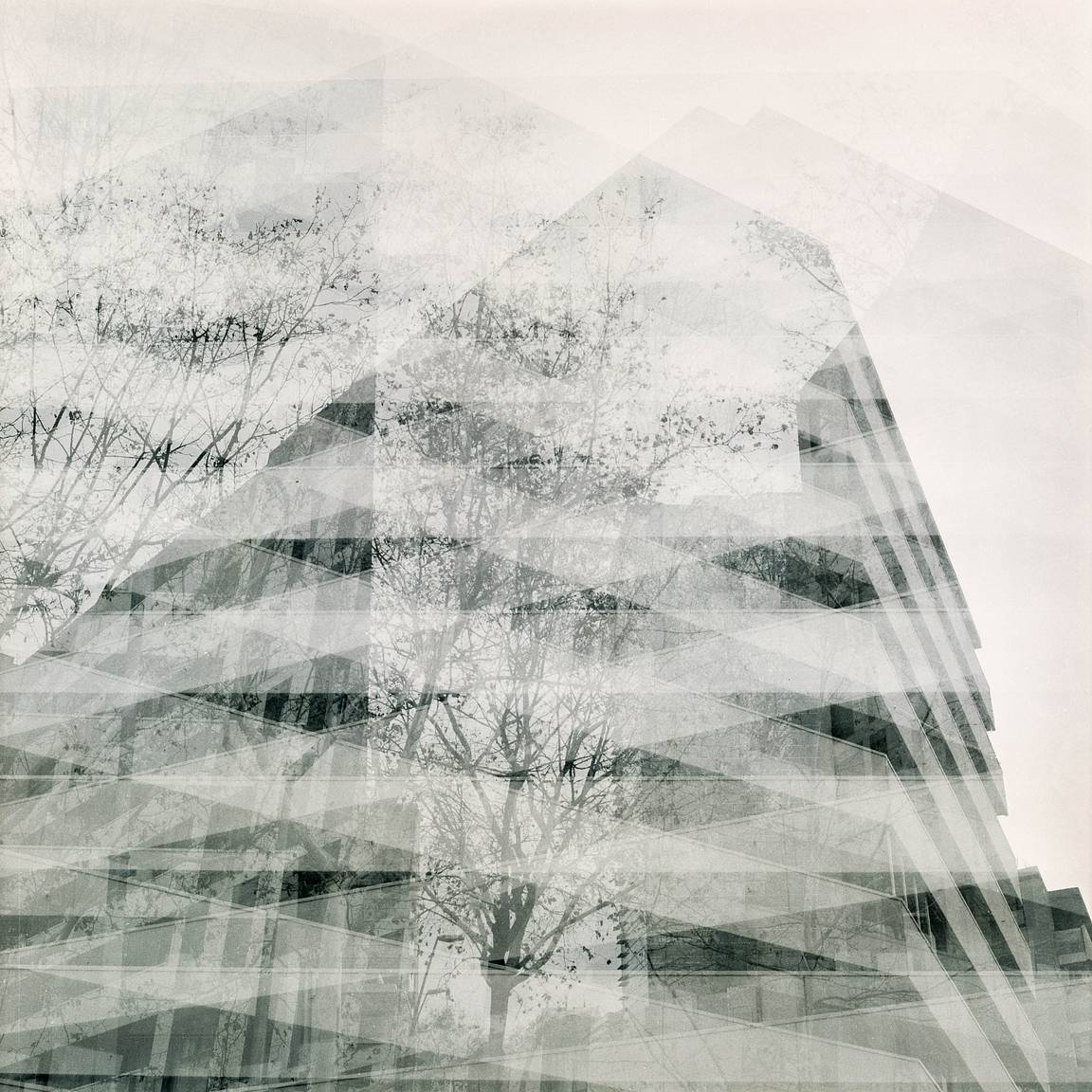
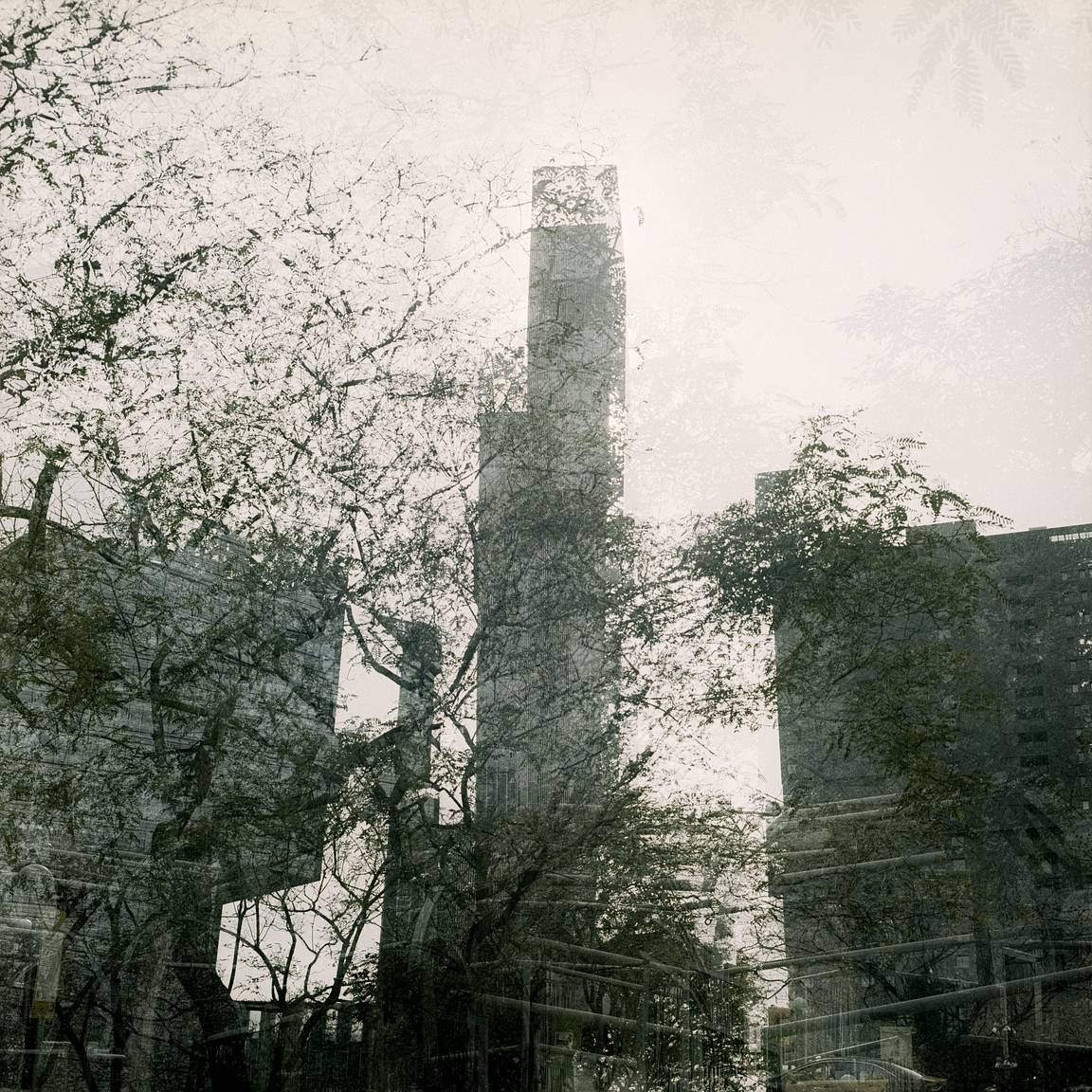
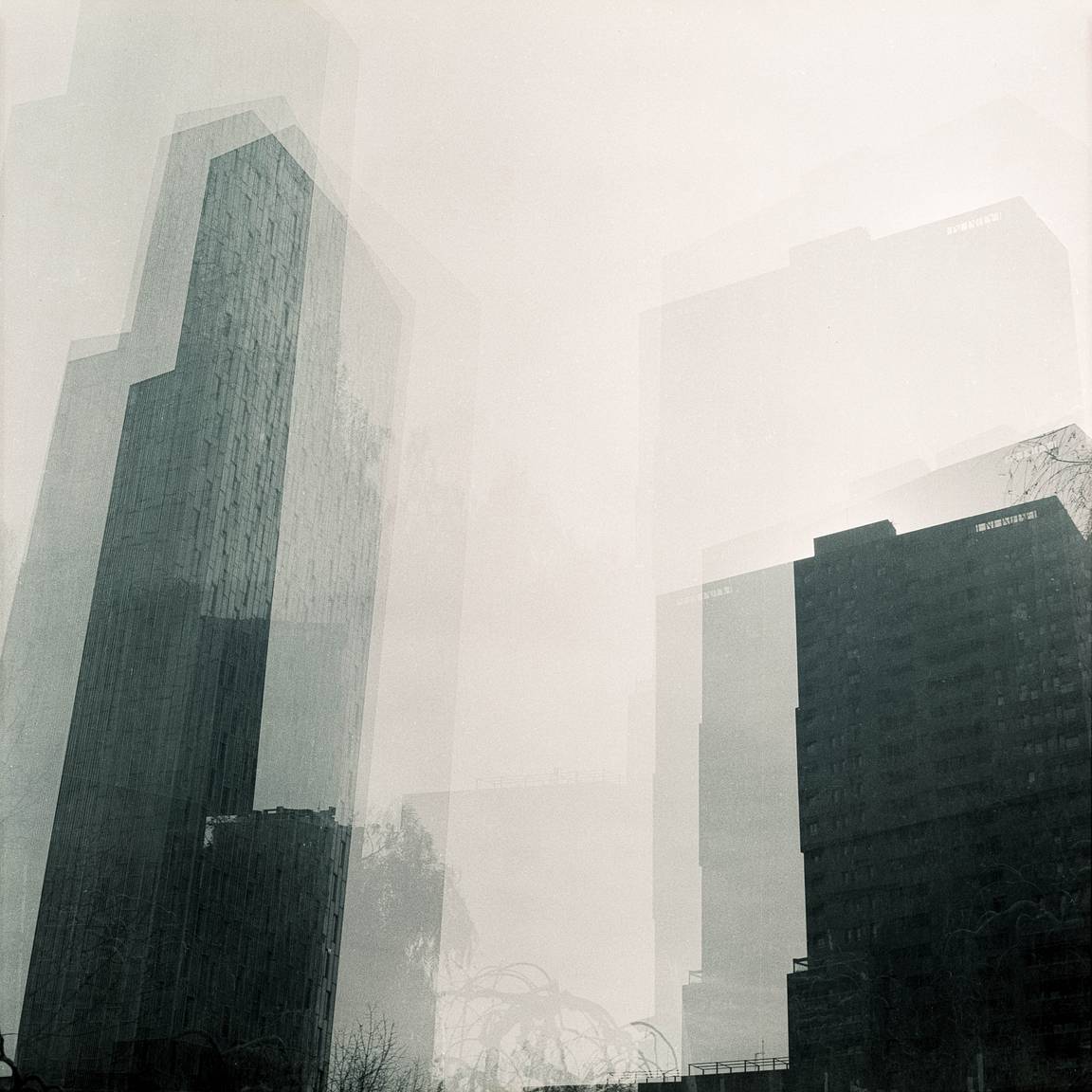
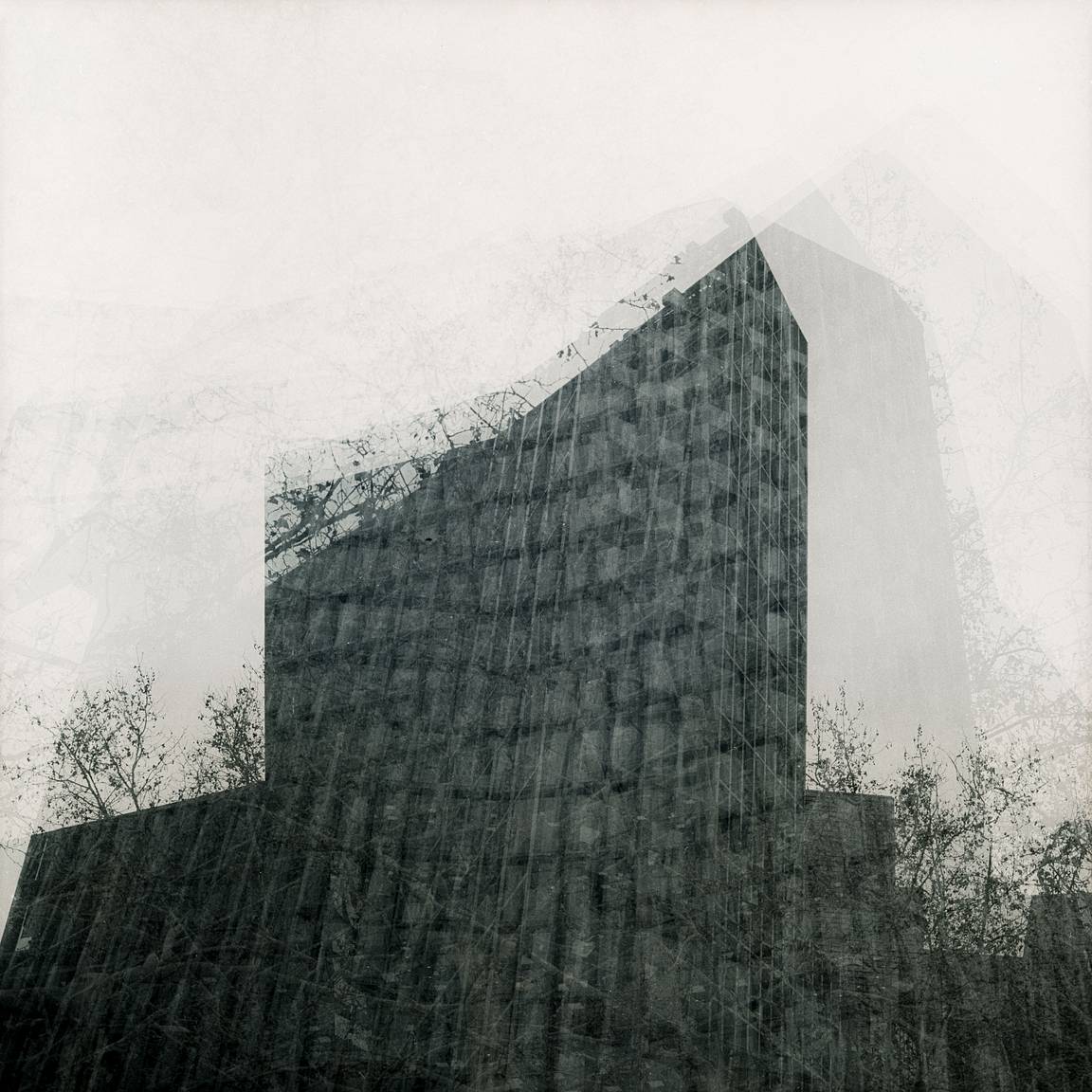
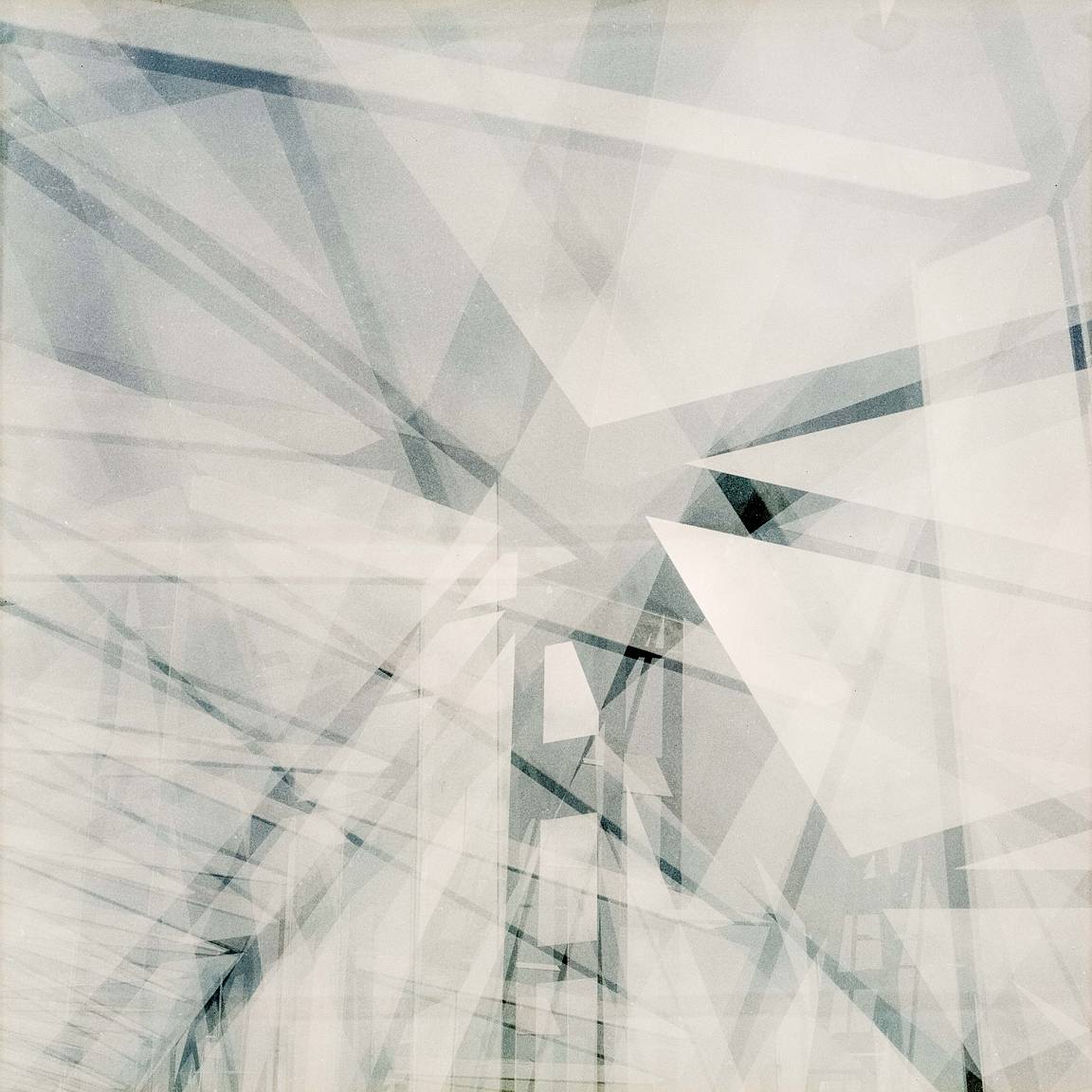
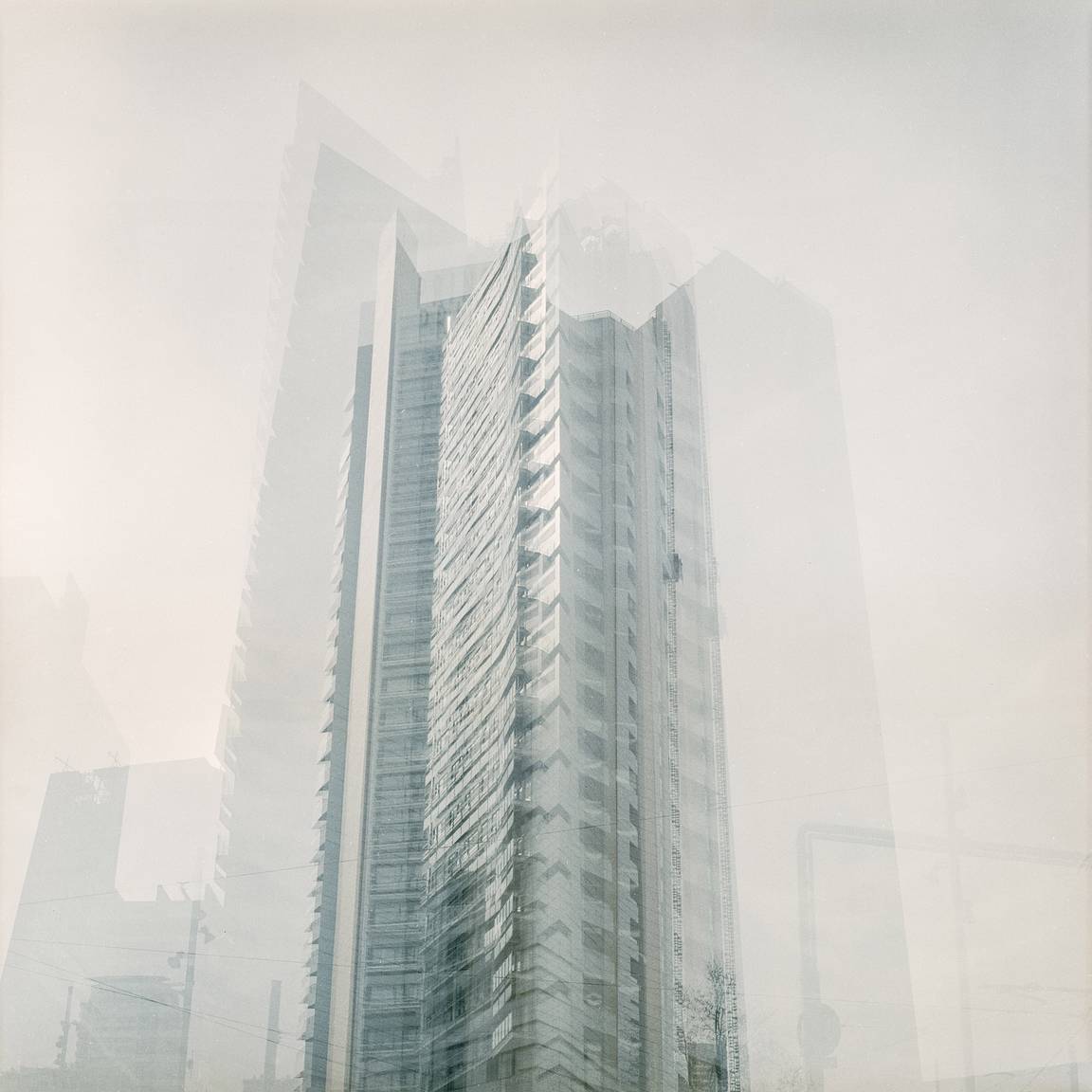
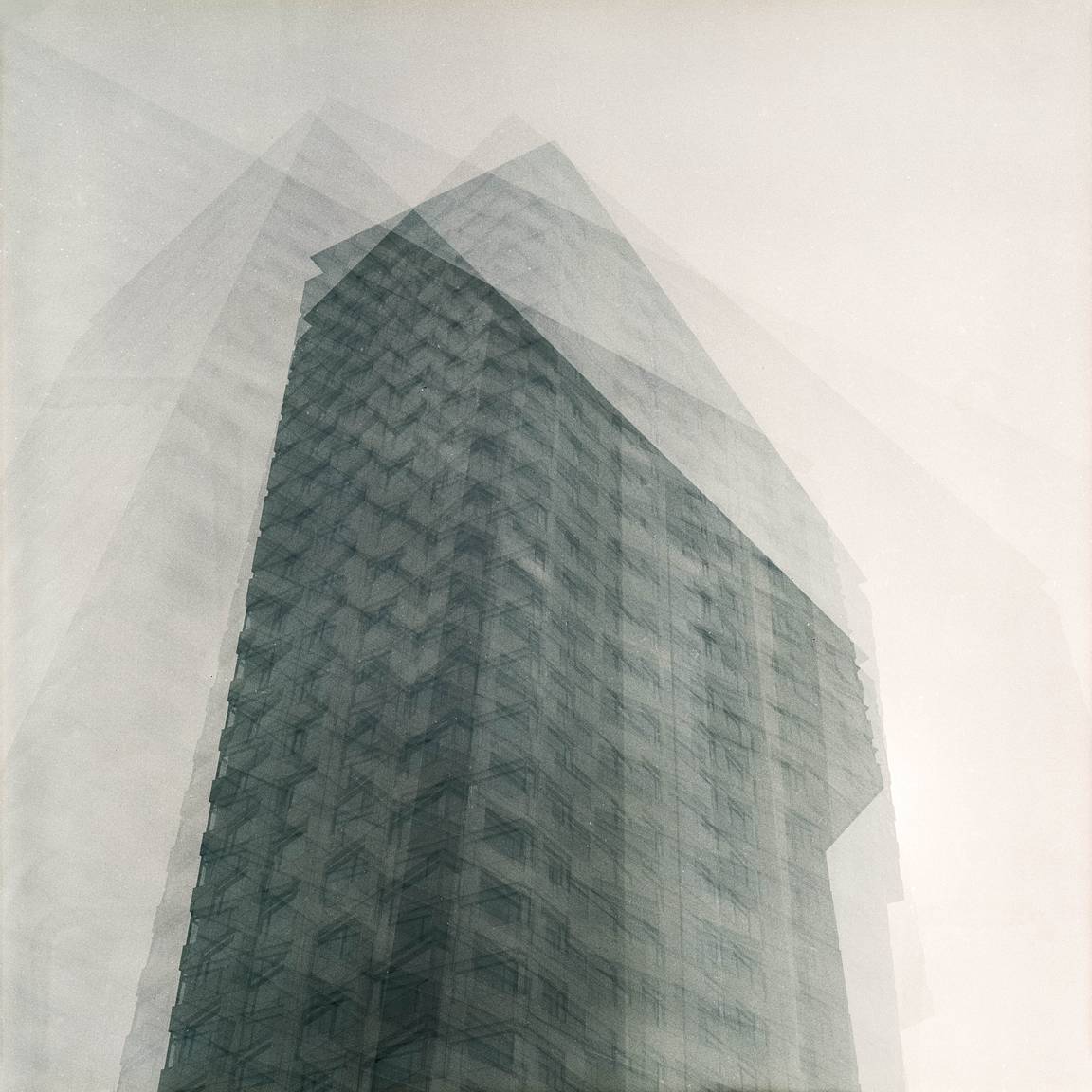
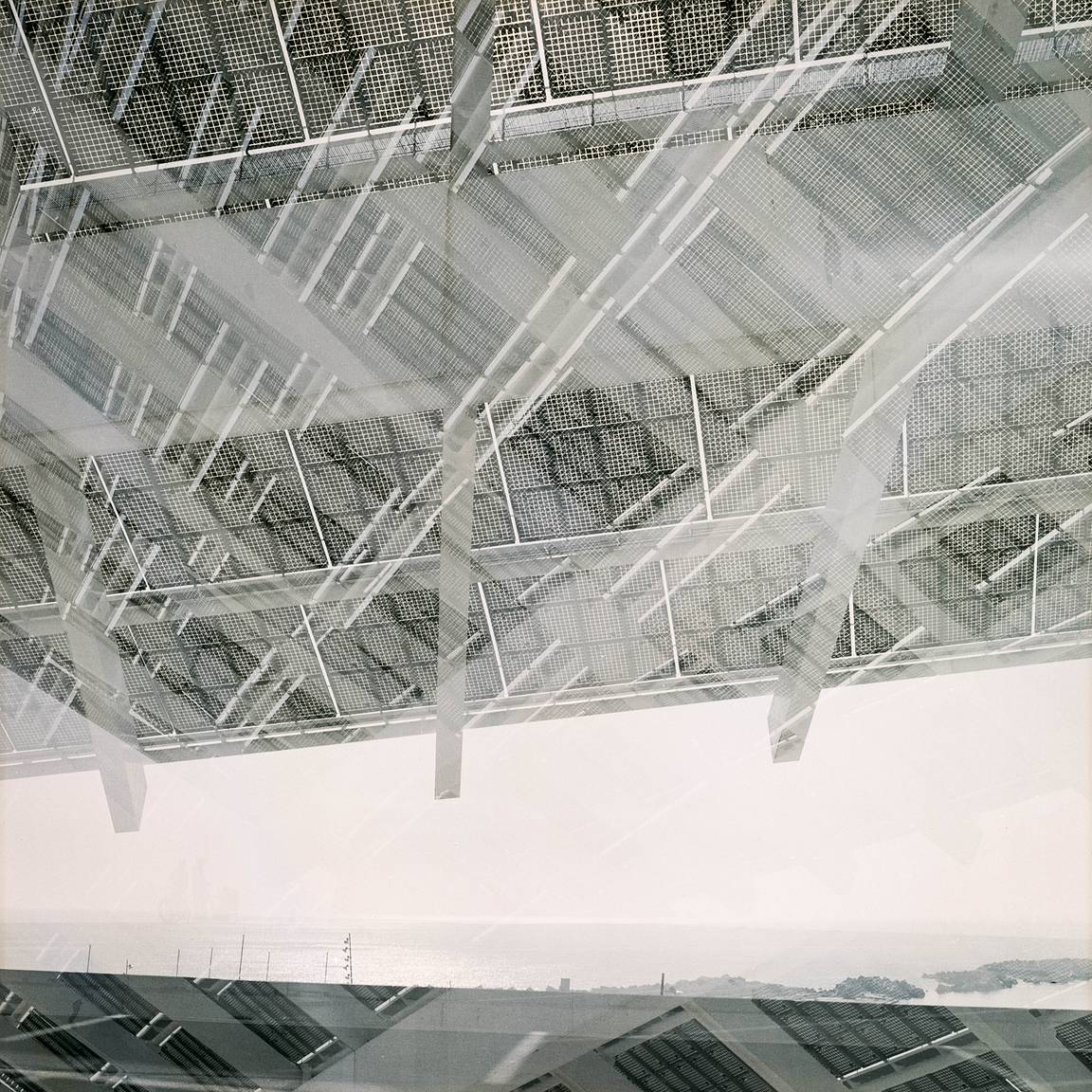



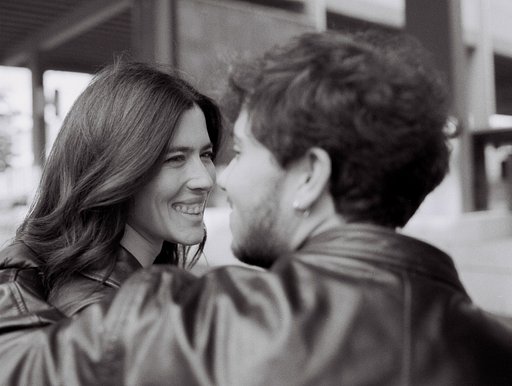


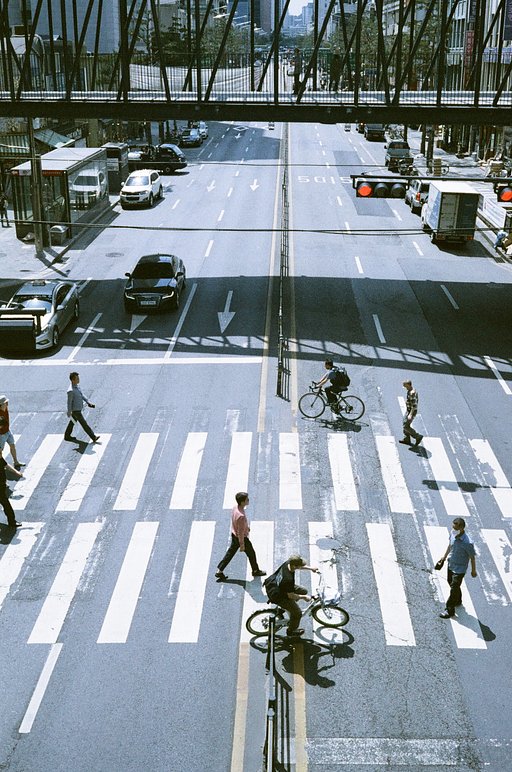










No Comments